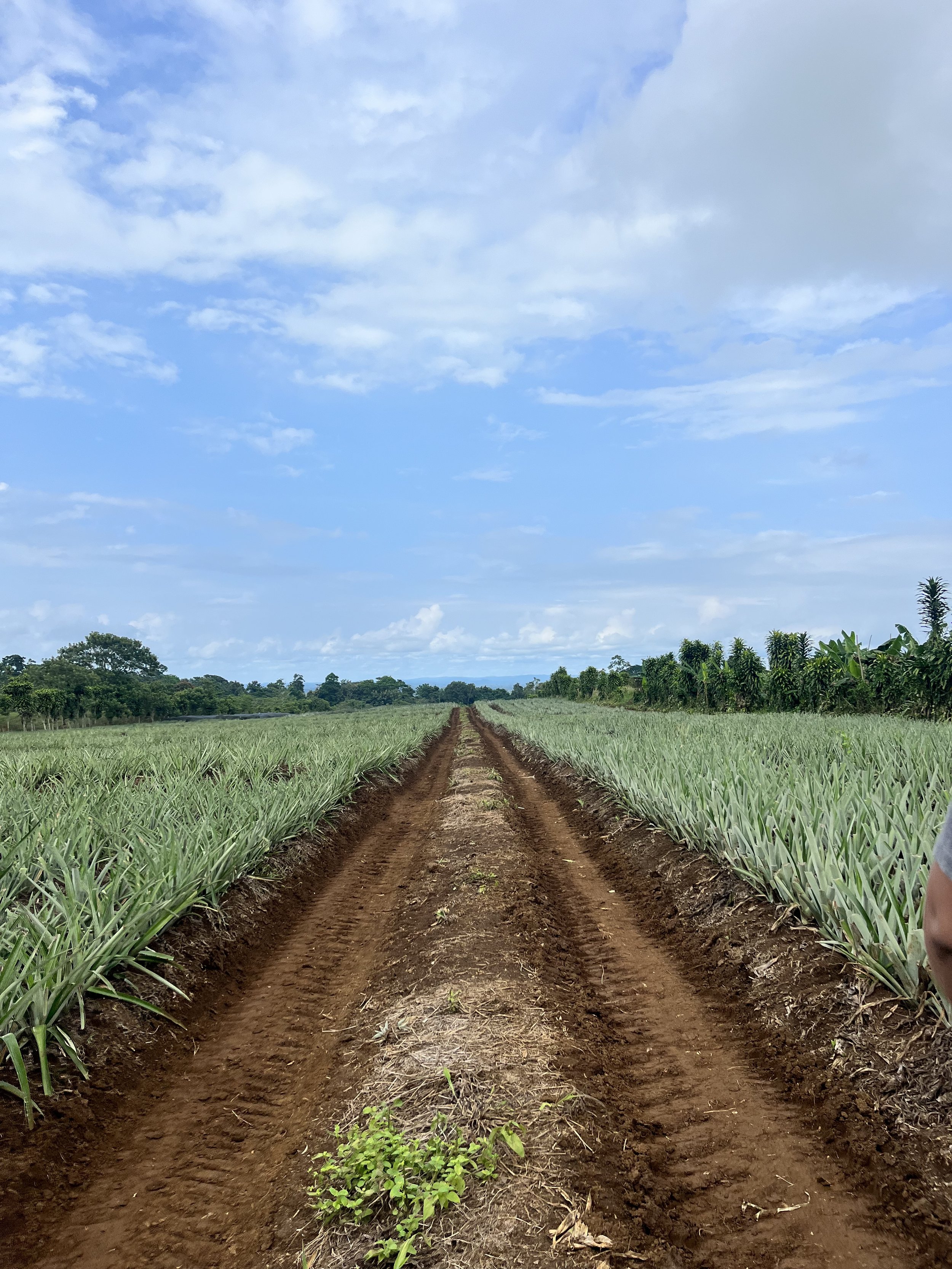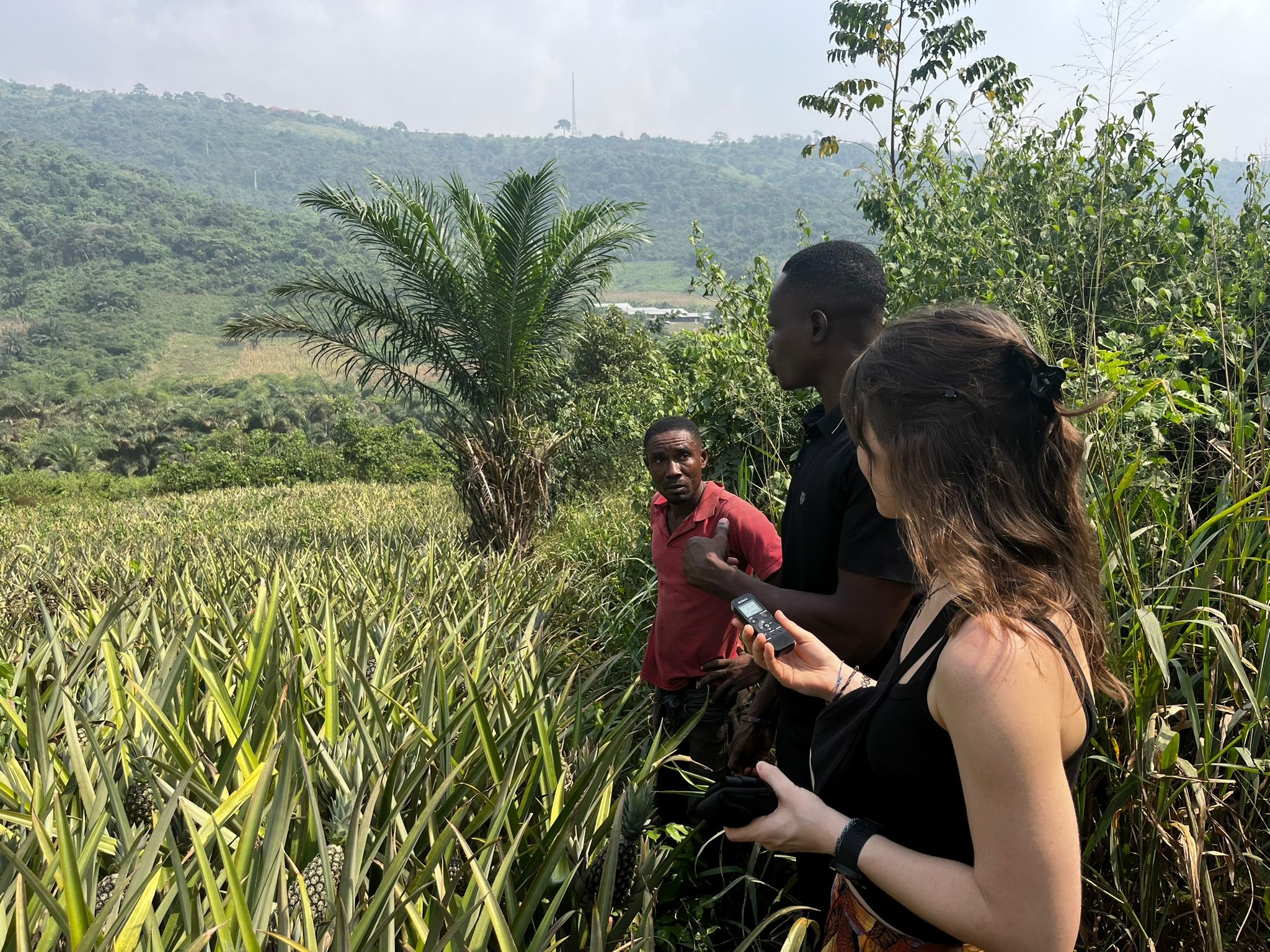
Residue valorization for bio-based products in developing countries
Bridging the gap between technical knowledge and socio-economic realities
Many countries and international organizations promote the concept of the bioeconomy as the global solution to sustainable development.
As developing countries face the challenge of fostering economic growth under the constraint of environmental regulation, the bioeconomy is touted as a means to bridge the development gap between agrarian economies and sustainable industrialization by creating industries based on biological resources and bioprocesses.
The goal of ReValueD is to bridge the gap between technical knowledge of the bioeconomy and socio-economic realities from the lens of ecological economics.
We seek to answer the question:
How can the bioeconomy affect global agricultural value chains, especially when circularity - through revalorization and cascade use - is introduced?

As the shift from non-renewable to bio-based resources will increase the demand for biomass, utilizing primary agricultural and forest resources for bioenergy and products can jeopardize food security and heighten competition with other industries.
The tropical fruit sector serves as a prime case study of a global agricultural value chain in transition to
(i) understand the role of institutions, culture and decision-making of individual actors and
(ii) examine the positive and negative externalities of the emerging bioeconomy.
Case Study Regions
-

Costa Rica
Costa Rica has established itself as an important player in the world agricultural market, particularly in the export of tropical fruits. With bananas and pineapples as the main agricultural products, the country remains a net exporter. Thus, Costa Rica is the largest exporter of pineapples worldwide.
In pineapple production, agricultural waste has been of great concern for the country since it has generated negative externalities in the communities where the large pineapple plantations are located. Furthermore, pineapple production is surrounded by controversy due to the high use of agrochemicals for its production and the consequent contamination of soil and water.
It is not clear how new value chains based on the revalorization of agricultural waste will contribute to solving, or on the contrary, exacerbating existing environmental and social problems.
-

Ghana
Ghana’s economy mainly relies on its natural resources and the agricultural sector, which accounts for 54% of the country’s GDP and 40% of its export earnings. While cultivation mostly consists of staple crops like cassava, maize and rice, the export market relies on cocoa, cashew nuts and shea nuts. The tropical fruit sector, with a particular focus on pineapples and mangoes, is gaining growing significance in Ghana's export industry and holds the promise of ongoing expansion and economic growth.
Climate change, including hot temperatures and rainfall variability, put increasing pressure on Ghana’s agriculture, which is mainly comprised of rural smallholders with a mean farm size of less than 1.6 hectares and limited adaptation possibilities. This poses a significant challenge to the country's food security and economic stability.Addressing challenges related to post-harvest losses, market access, and climate resilience will be crucial for the agricultural sector's sustained growth.
-

The Philippines
The Philippines is an archipelago consisting of 7,641 islands with a total area of 298 thousand square kilometres. It is mainly divided into three large island groups: Luzon with eight regions, Visayas with three regions, and Mindanao with six regions. These islands are rich in natural resources and have fertile lands with favorable climate ideal for crops and tropical fruit production such as banana, pineapple, coconut, papaya, and mango.
The country mainly exports these agricultural products and tropical fruits to neighboring countries such as China, Taiwan, Singapore, South Korea, Japan, and the Middle East. In 2022, the agriculture sector contributed 8.9 percent to the total GDP, considered low compared to the services and industry sectors. Nevertheless, many families still rely on agriculture and fisheries as the primary source of income, especially in rural areas.

